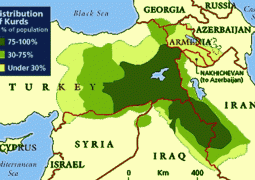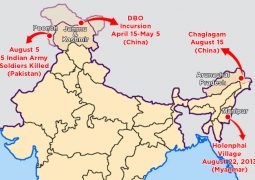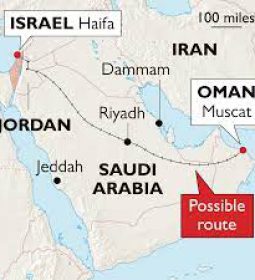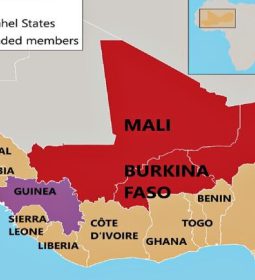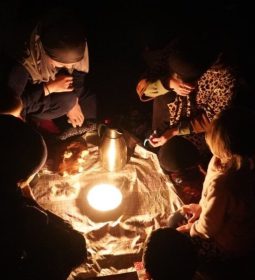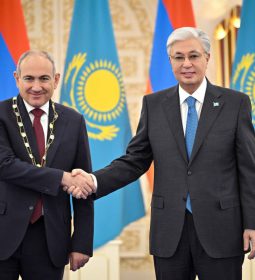India election: world’s largest democracy votes

india is set to vote in the world’s largest ever general election, setting the stage for a mammoth exercise in democracy with nearly a billion people eligible to head to the polls across just over six weeks.

Prime Minister Narendra Modi is standing for a rare third term in power, against an alliance of opposition parties that are seeking to unseat him.
Here is a look at how the world’s most populous country votes in the world’s largest democracy.
Population
Home to more than 1.4 billion people, about 969 million are eligible to cast their vote in the upcoming election — more than the populations of North America and the European Union combined.
This means about 12% of the world’s population will head to the polls, motivated by a range of issues from unemployment and welfare benefits to infrastructure and upholding democracy. The number of women registered to vote has increased by 40 million since the previous election in 2019, according to the election commission, while more than 20 million voters between ages 18-29 have been added to the electorate.
How the election works
Indians will be voting for 543 seats in the 545-seat lower house of parliament, called the Lok Sabha, with two other seats nominated by the country’s president.
The party that wins a majority will appoint one of its winning candidates as prime minister and form a ruling government.
Voting begins on Friday, April 19, and will continue through June 1, with results announced on June 4.

Some states only have one day to vote, while the country’s most populous state in the north, Uttar Pradesh, and the eastern states of Bihar and West Bengal with an estimated combined population of 475 million, will vote across a span of seven days.

- Previous Mount Ruang volcano erupts: Indonesia issues tsunami alert
- Next Iran holds military parade days after massive attack on Israel




